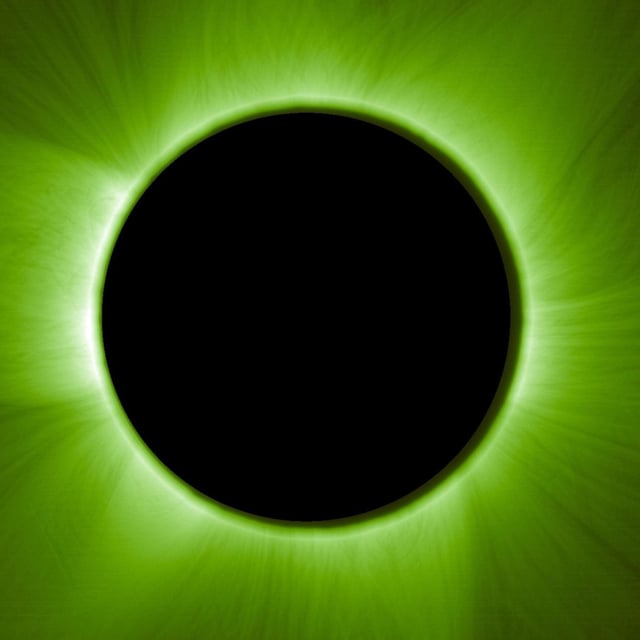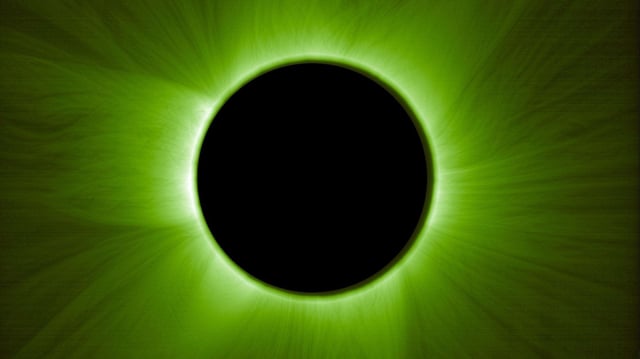Overview
- The Coronagraph and Occulter satellites have flown autonomously in March 2025, holding a 150-meter separation with one-millimeter accuracy to generate artificial eclipses
- On May 23, the ASPIICS instrument aboard Proba-3 captured the first high-resolution images of the Sun’s outer atmosphere during a controlled eclipse
- Proba-3 can produce space-based eclipses every 19.6 hours and sustain them for up to six hours, offering far longer observation windows than natural eclipses
- Extended corona observations aim to reveal why the Sun’s outer atmosphere exceeds one million degrees and to deepen insight into solar wind and coronal mass ejections
- Over its two-year operational phase, Proba-3 will complement ESA’s Solar Orbiter and NASA’s Parker Solar Probe to improve forecasts of space weather impacts

